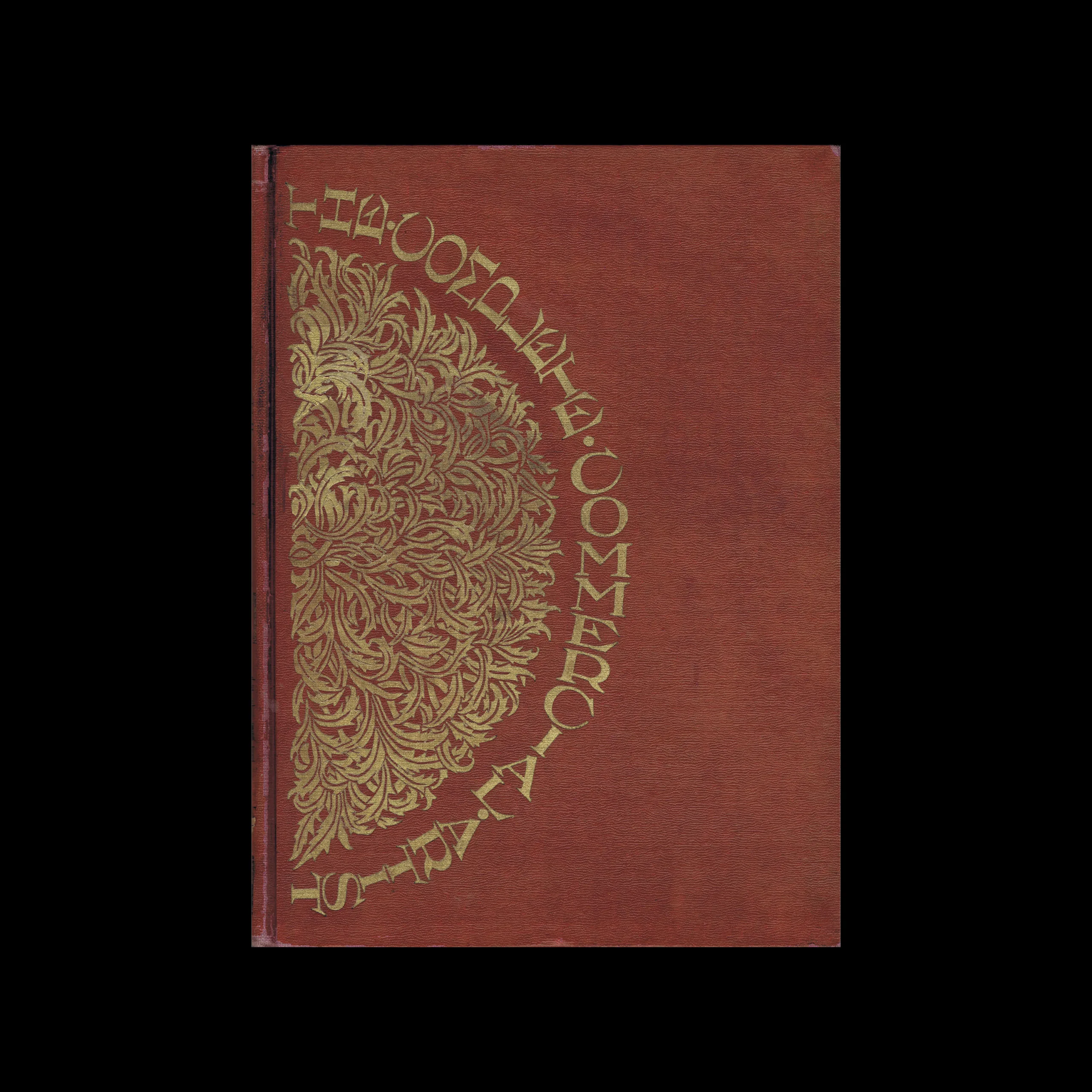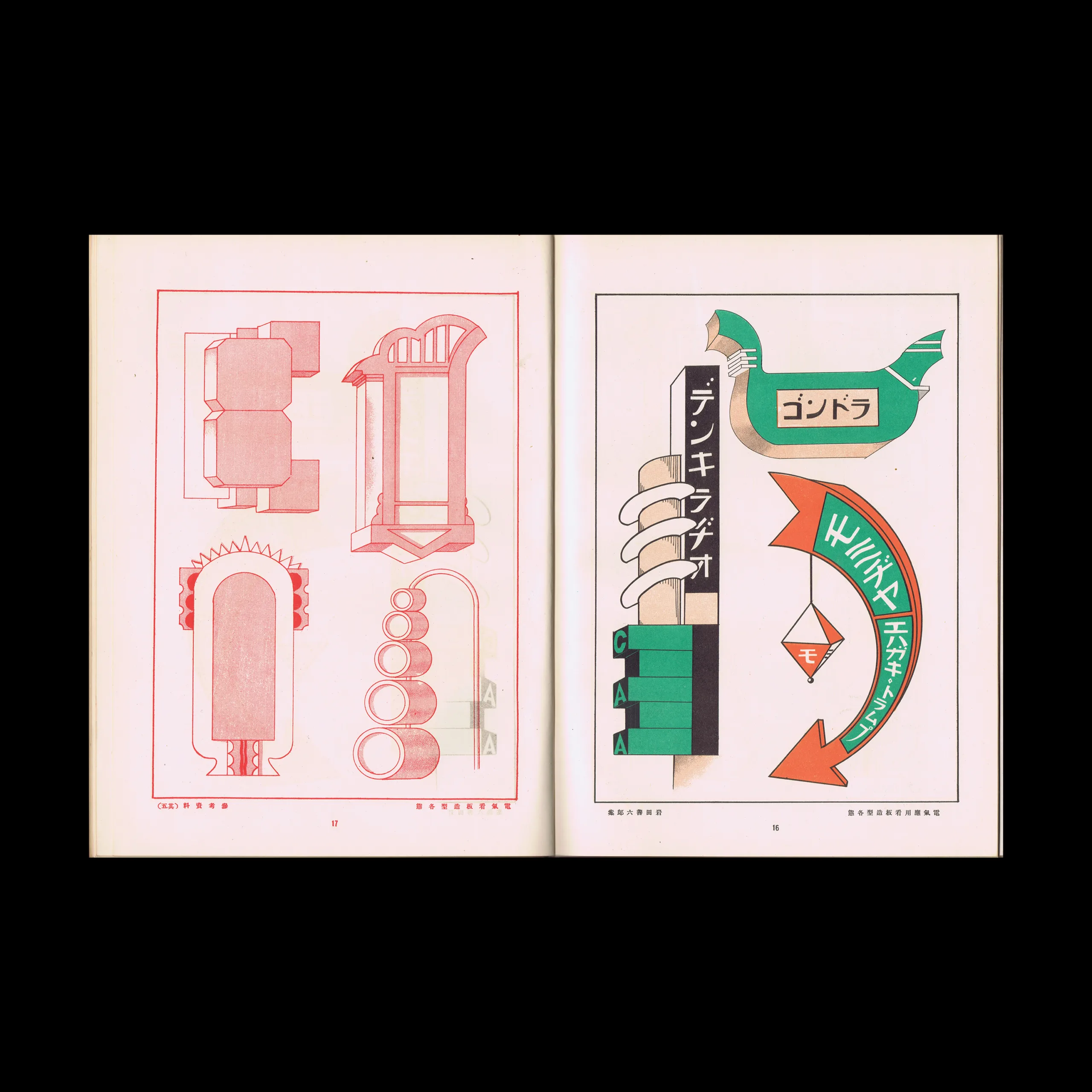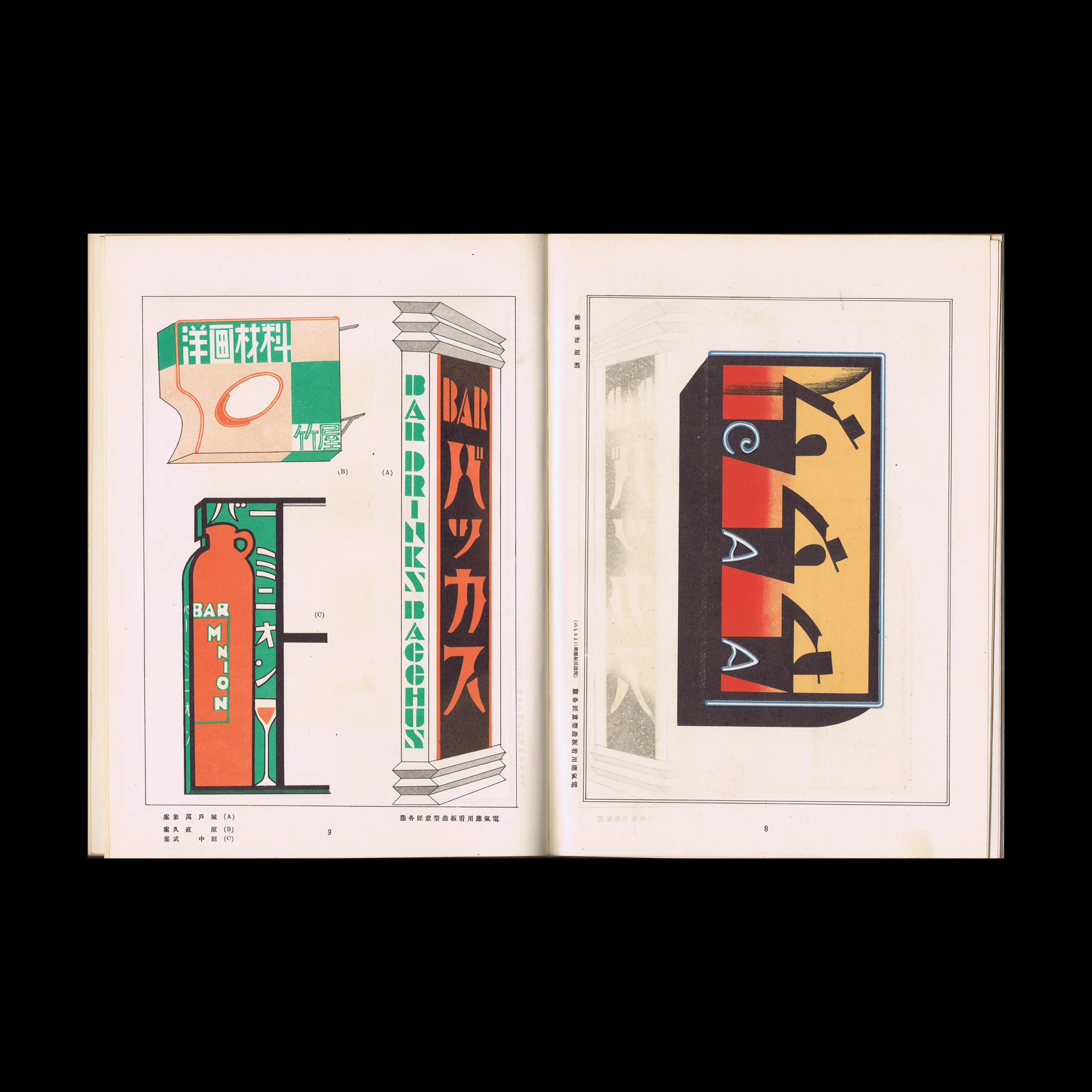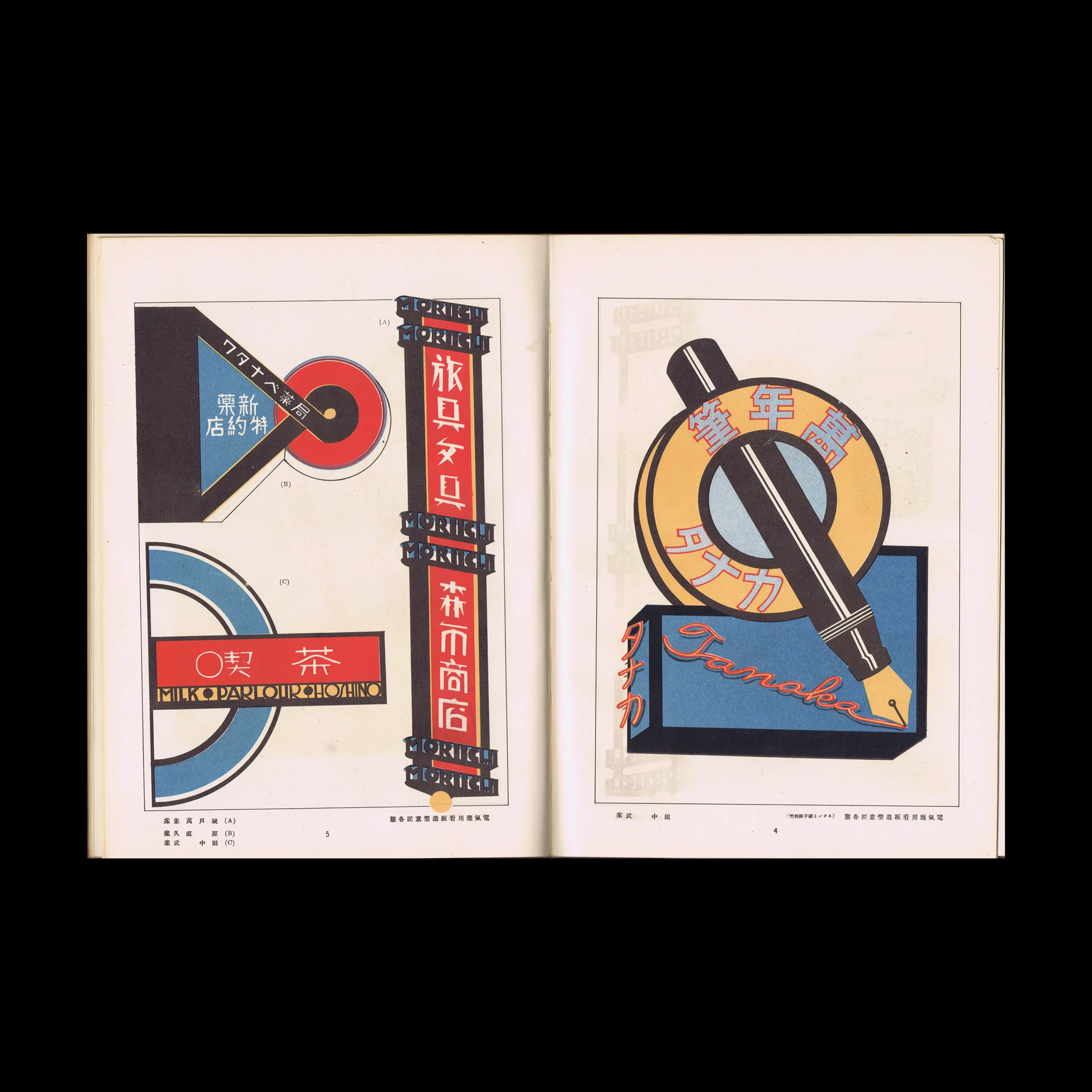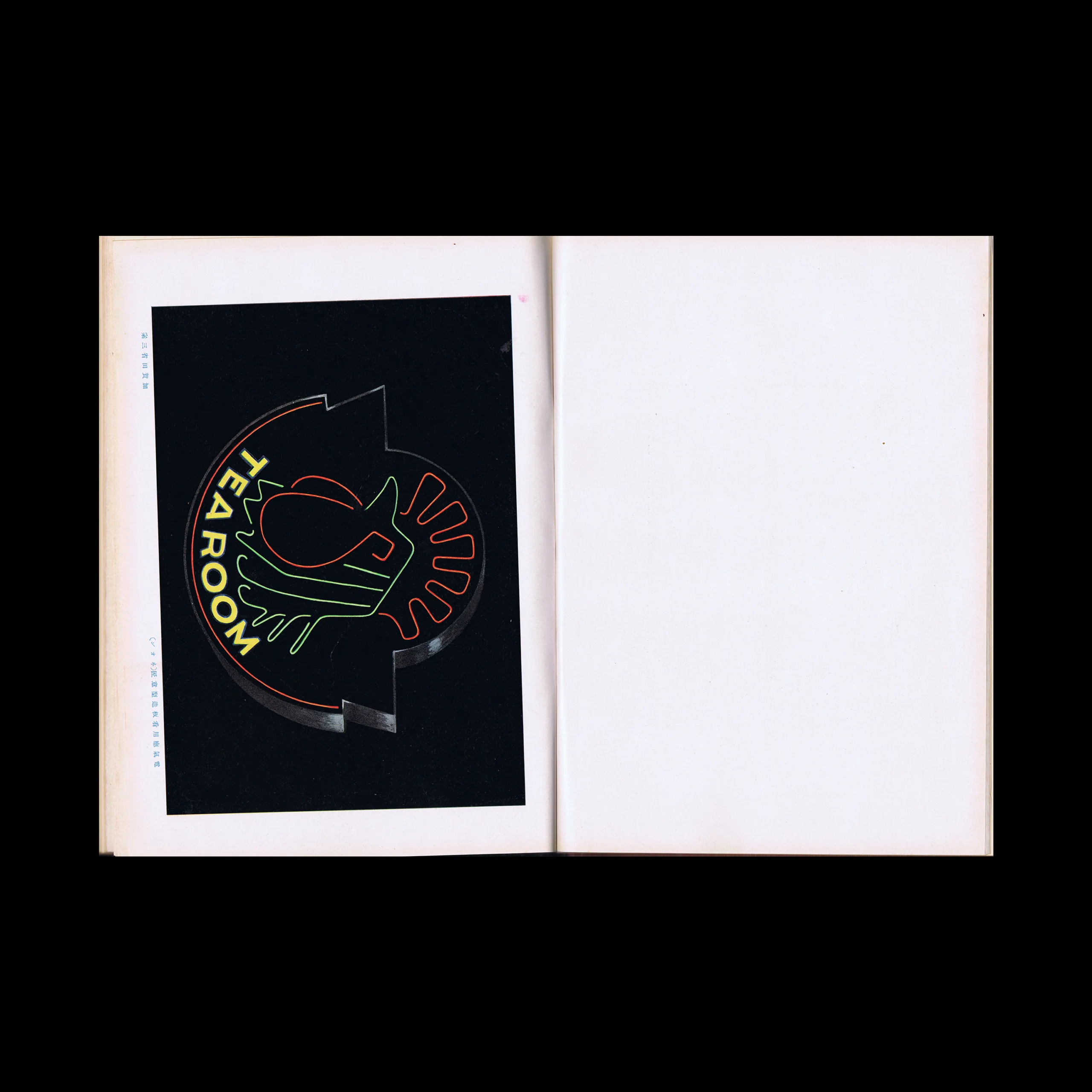When Fritz Gottschalk and Stuart Ash joined forces in Montreal, it was a partnership ideally suited to the city's hybrid environment. Gottschalk's training in graphic design in Switzerland, Paris and London was rigid, his background European; Ash, Canadian born and educated, was trained in the North American fashion, though he was influenced by his work with European designers
